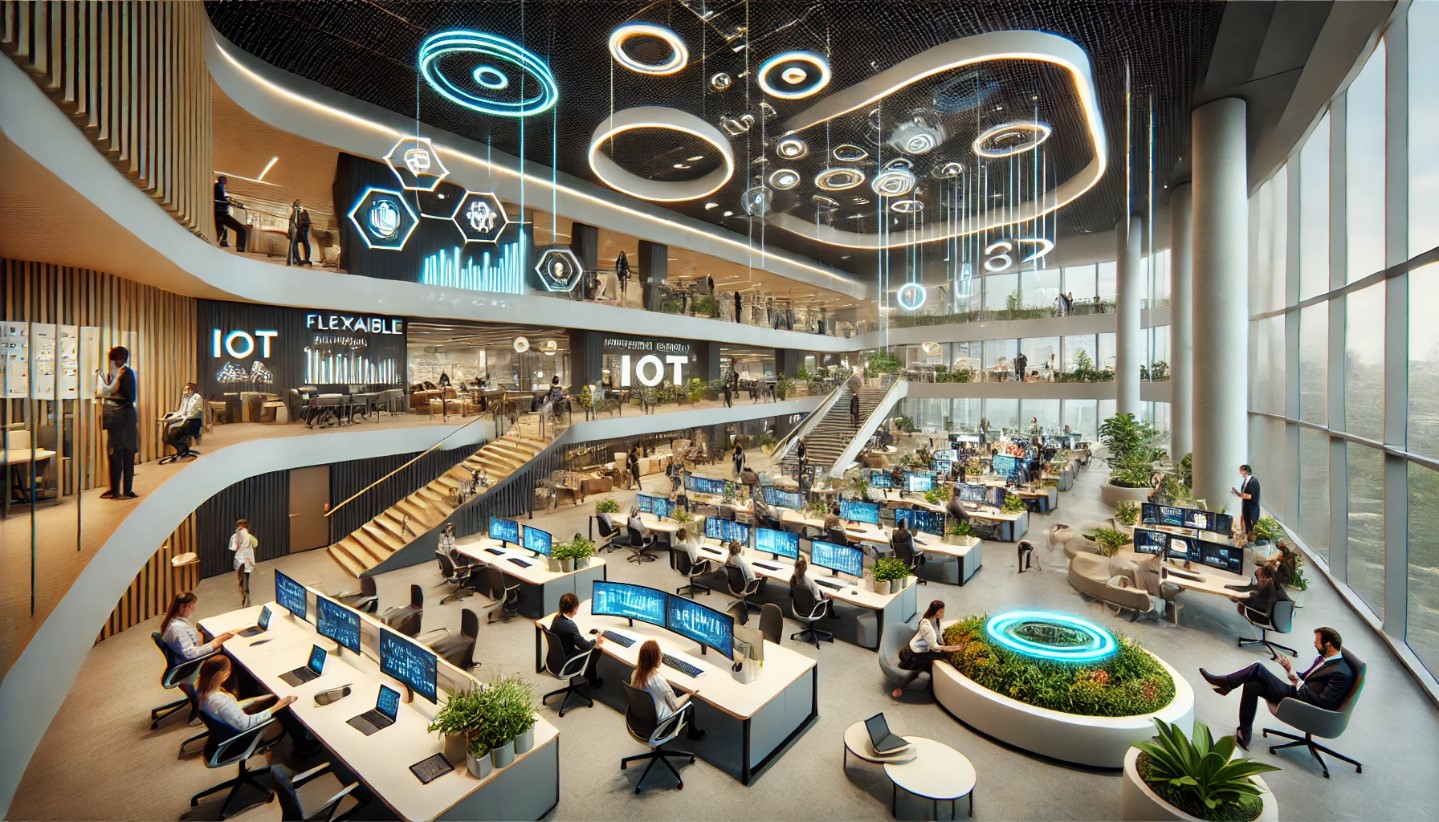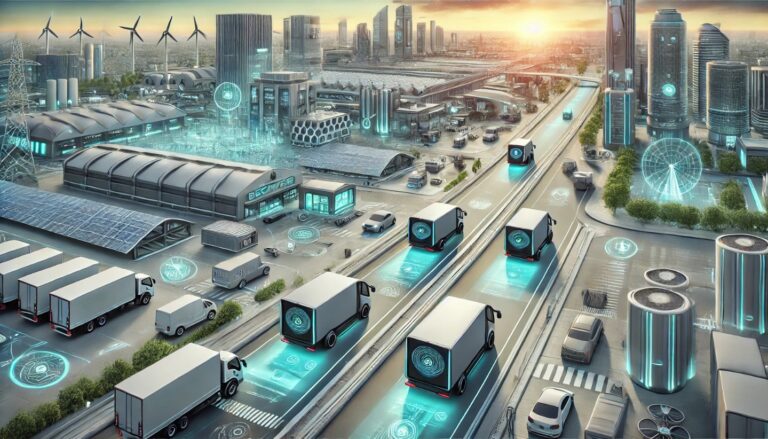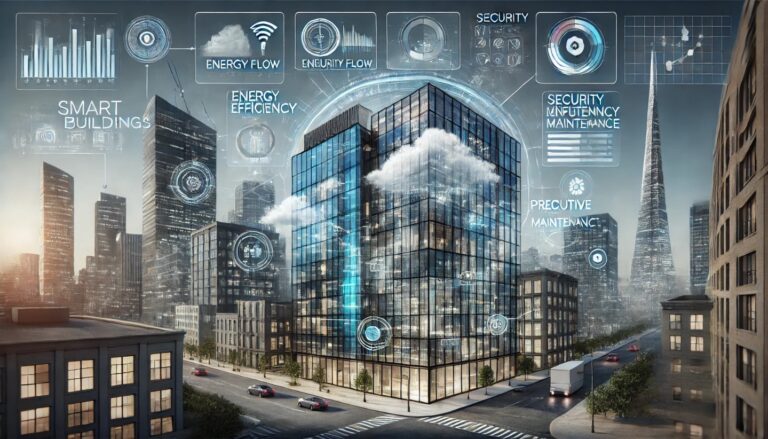The Office is Dead, Long Live the Office!
When Companies Reinvent the Workspace
In 2020, the pandemic seemed to sign the death warrant for traditional offices. Open spaces emptied, remote work took over, and the idea of going back seemed absurd. Yet, in 2024, 67% of employees prefer a hybrid model—neither 100% at home nor 100% at the office (source: https://www.gartner.com). Companies now must juggle these new expectations with the economic reality of underutilized spaces. Far from disappearing, the office is reinventing itself. It’s becoming more than just a workplace—it’s a strategic tool for collaboration, corporate culture, and innovation.
In this context, offices are no longer seen as fixed spaces but as hubs where exchange and creativity must be maximized. Far from being a mere cost centre, they now position themselves as performance levers. Poor space management can quickly impact employee productivity and well-being, hence the necessity of adopting a more flexible and evolving approach. This transition involves rethinking not just physical spaces but also the way work itself is organized and managed.
Goodbye Rigid Offices, Hello Chameleon Spaces!
Gone are the days of fixed desks lined up in rows! Companies are betting on modular layouts, with shared workstations, immersive brainstorming rooms, and fluid coworking zones. According to our research, companies that adopt flexible offices reduce their real estate costs by an average of 30%.
Desk-sharing reduces individual offices to optimize space, focus pods provide quiet spots, and hybrid spaces transform based on needs. These transformations also improve employee well-being. A too-rigid work environment can cause stress and a loss of motivation. Conversely, a flexible and ergonomic design improves productivity and talent retention.
Another key point is the diversity of spaces. To meet everyone’s needs, some companies create multifunctional environments: quiet corners for deep work, relaxation areas for informal exchanges, and versatile rooms that can adapt to meetings and presentations. This diversity not only caters to different work styles but also fosters a sense of inclusivity and adaptability within the workplace.
Old School Offices? Bring on the Work Playgrounds!
Some companies are leading the way by radically transforming their offices. They’re going beyond traditional setups with mixed-use spaces: work zones during the week, transformed into event venues on weekends. This model optimizes utilization and makes rental costs more profitable. The idea is simple: the office should become a place where people want to come, not where they have to come. For this to work, the services offered must be rethought: modern cafeterias, relaxation areas, or even integrated sports facilities.
The most innovative companies are also testing solutions like internal coworking, allowing different teams to temporarily share spaces according to their projects. This model encourages collaboration and strengthens corporate culture, while optimizing surface management. Such innovative approaches create an environment that not only meets the current needs but also adapts to future demands, making the workspace more resilient and forward-thinking.
Offices 3.0: When Tech Turns Open Spaces into Smart Spaces
The offices of the future now integrate smart technologies that transform the work experience. IoT sensors optimize space usage in real-time, while artificial intelligence automatically adjusts temperature and lighting based on employee presence. The integration of immersive collaborative tools like augmented and virtual reality enhances team interactivity and creativity, even remotely.
Connected offices also allow for better energy management, with buildings reducing their consumption by 20% to 30% thanks to automated systems (source: https://www.smartbuildingsmagazine.com). Mobile office management apps enable employees to book a meeting room or workstation in just a few clicks, making space usage smoother.
The rise of the smart office goes even further with the analysis of employee behaviors to optimize layouts. For example, if certain areas are underutilized, the company can rethink their arrangement to better meet team expectations. Better connection between digital tools and physical space also smooths interactions and ensures continuity between remote and in-person work. This seamless integration of technology and space is key to creating a modern, efficient, and engaging workplace.
The Office Game Evolves: It’s Your Move!
The office of the future is flexible, optimized, and technologically advanced. It’s no longer just a physical space—it’s a performance and attractiveness tool for companies. In a context where every square meter counts, leaders must rethink their real estate strategies and anticipate the needs of new generations.
A company that neglects this transformation risks seeing its competitiveness affected. Poorly adapted offices can lead to decreased motivation, collaboration difficulties, and higher staff turnover. Conversely, a well-thought-out space that integrates technology and promotes well-being strengthens team engagement and attracts top talent.
Companies that can capitalize on these trends will have a major competitive advantage. The question is no longer if the office of the future will arrive, but rather if you will be ready to adopt it. What if your workspace became the engine of your success?
Finally, today, the future is already here!






